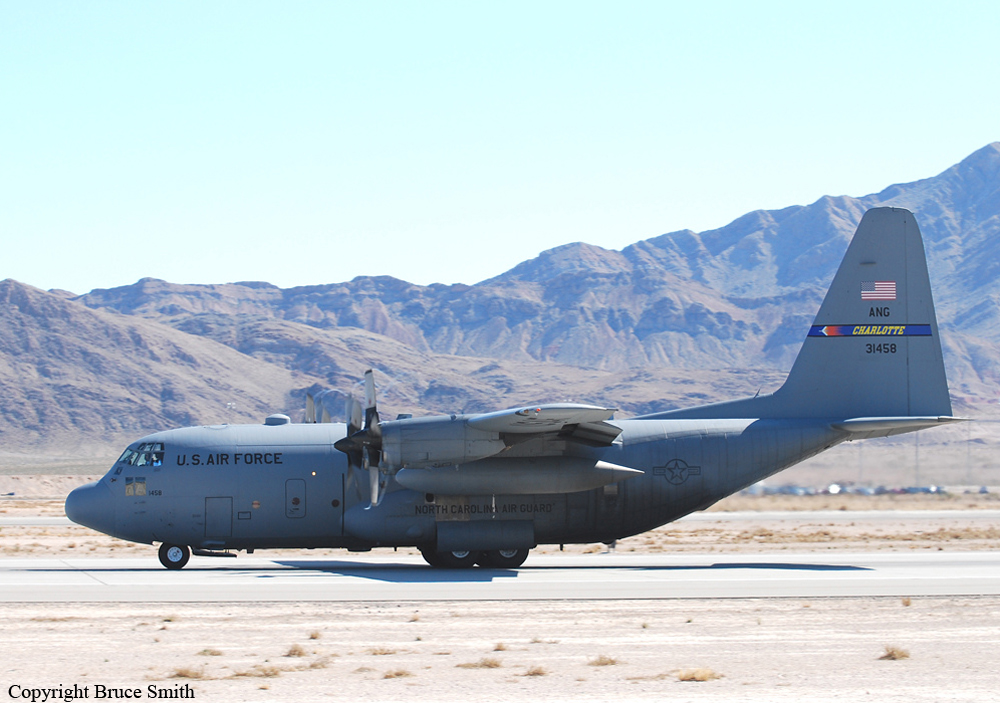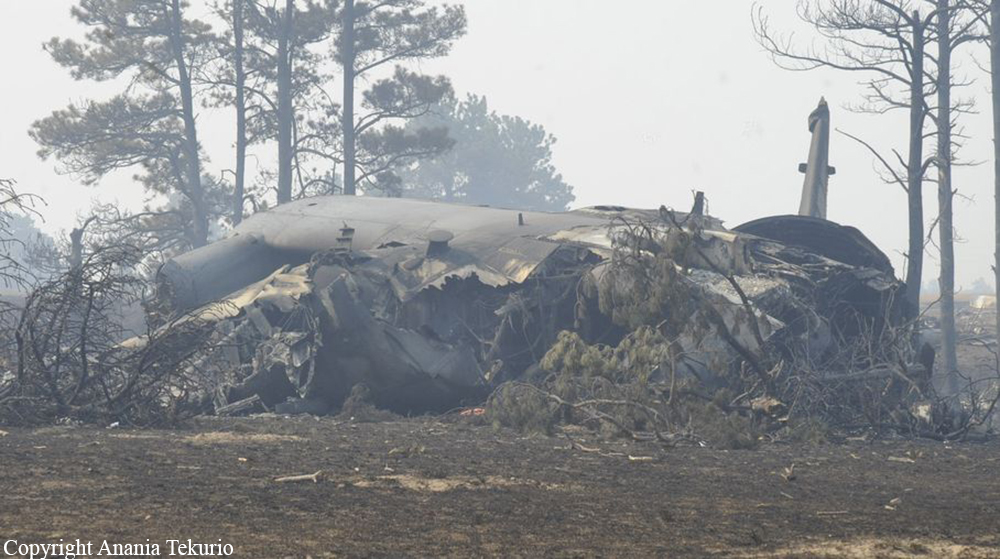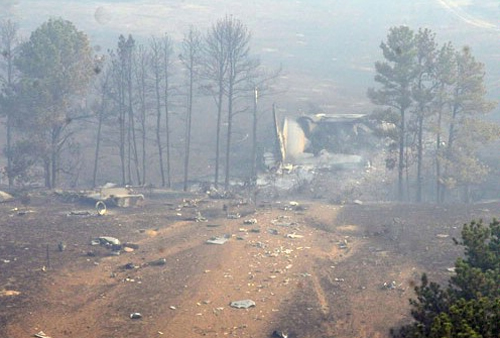Country
Crash of a Lockheed C-130J Hercules in Herat
Date & Time:
Jul 22, 2014
Registration:
MM62190
Survivors:
Yes
Schedule:
Abu Dhabi - Herat
MSN:
5530
YOM:
2003
Crew on board:
4
Crew fatalities:
Pax on board:
0
Pax fatalities:
Other fatalities:
Total fatalities:
0
Circumstances:
The crew was conducting a daily supply mission to Herat for the troops stationed in the area. For undetermined reason, the four engine aircraft landed hard and the right main gear sank on touchdown and went through the wheels bay. The airplane went out of control and veered off runway to the right before coming to rest. All four occupants were uninjured while the aircraft was damaged beyond repair. The exact cause of the heavy landing remains unknown.
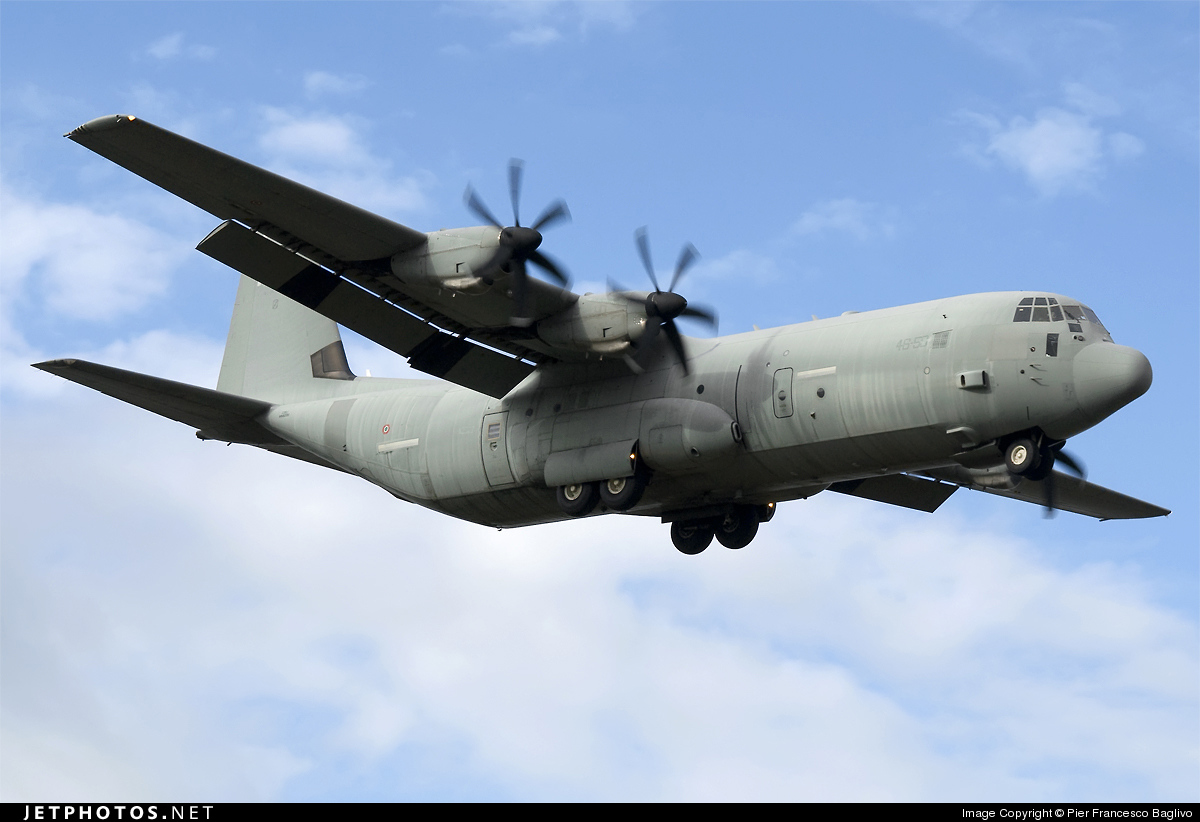
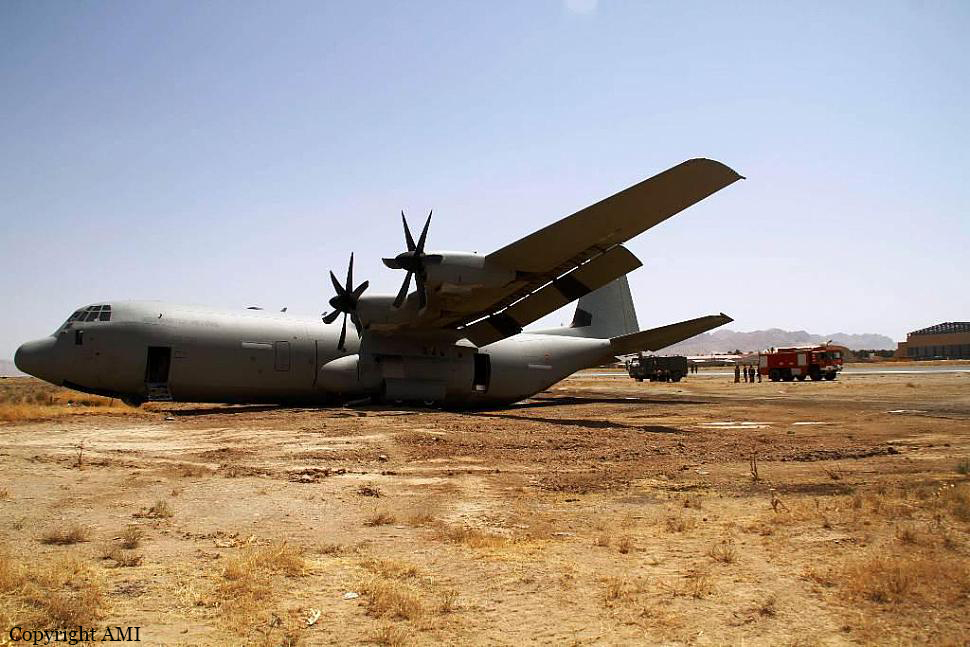
Crash of a Lockheed C-130J Hercules near Karauli: 5 killed
Date & Time:
Mar 28, 2014
Registration:
KC-3803
Survivors:
No
Schedule:
Agra - Gwalior
MSN:
5640
YOM:
2010
Crew on board:
5
Crew fatalities:
Pax on board:
0
Pax fatalities:
Other fatalities:
Total fatalities:
5
Circumstances:
The four engine aircraft departed Agra-Kheria Airport at 1000LT on a combined exercice with a second C-130, carrying five crew members. The goal of the mission was to simulate drops at low altitude. At a height of about 300 feet, the aircraft encountered wake turbulences from the preceding airplane. It is believed that the crew attempted to gain height when control was lost. The aircraft crashed in the rocky bed of a river near Karauli. The aircraft was destroyed and all five occupants were killed. Built in 2010 and delivered to IAF in April 2011, the aircraft was one of the six examples ordered by IAF.
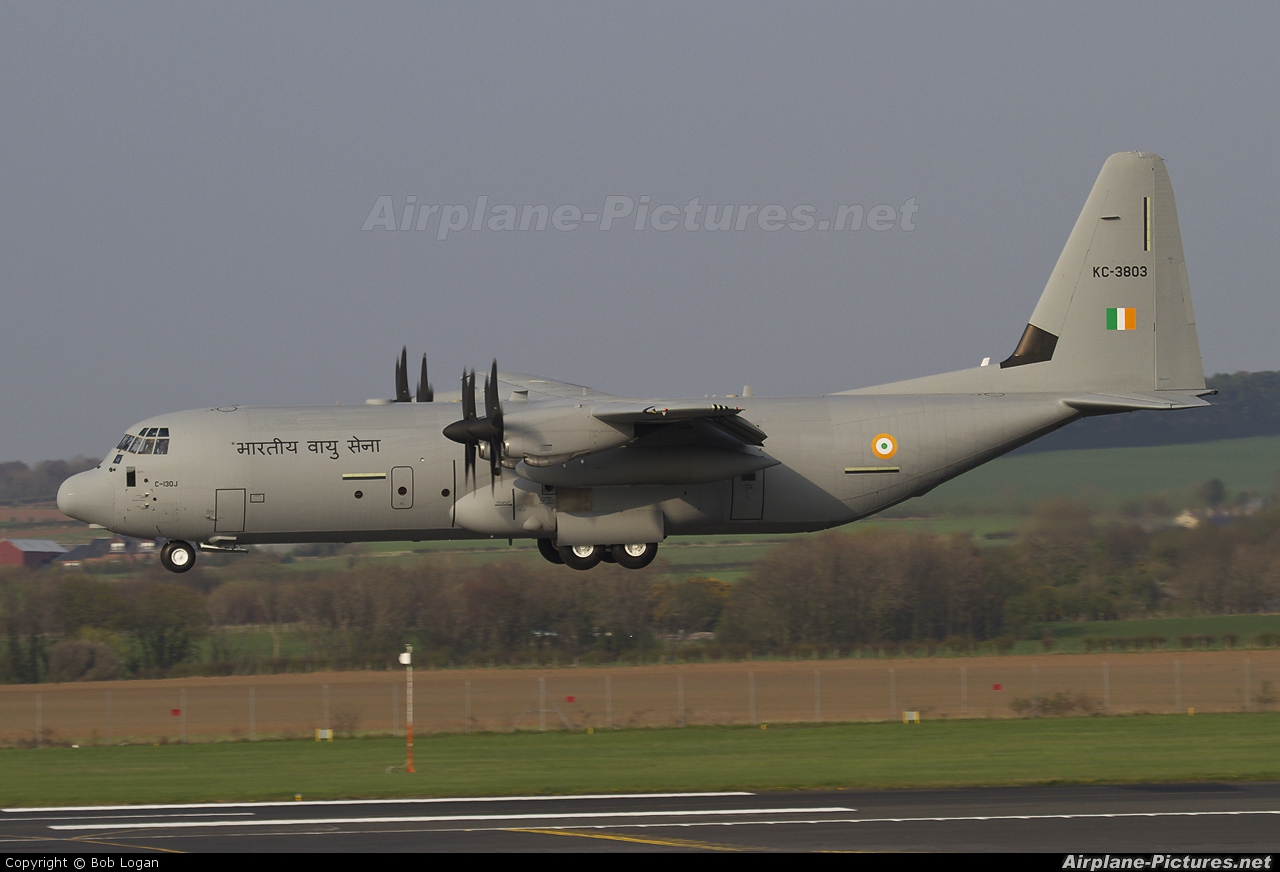
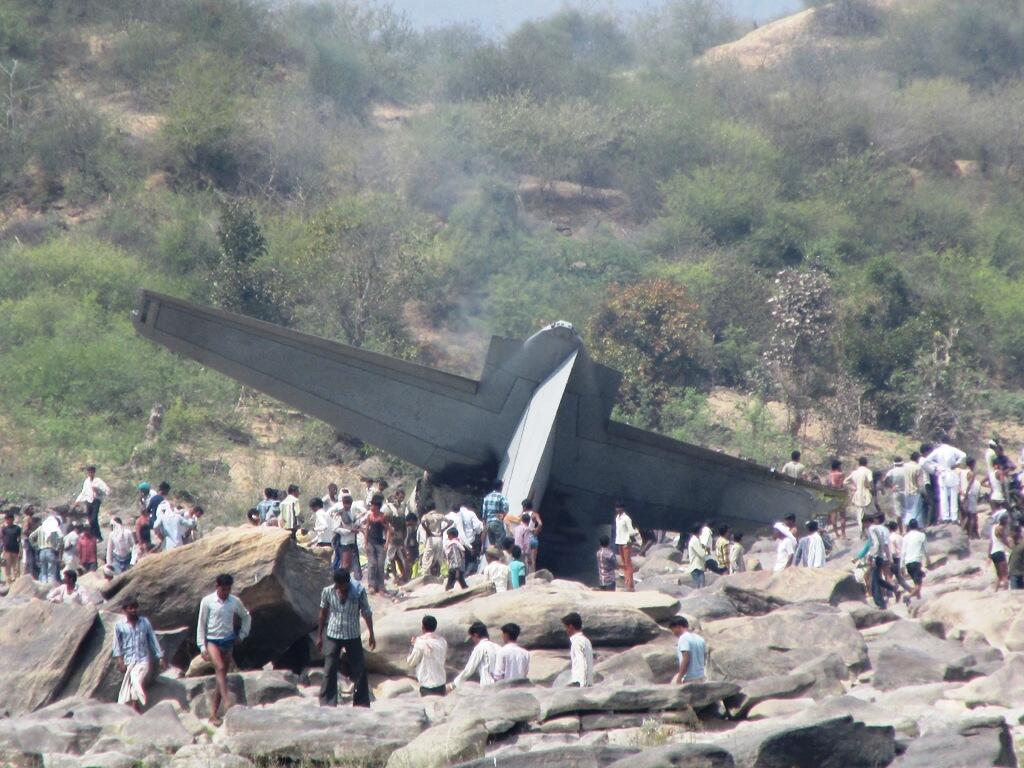


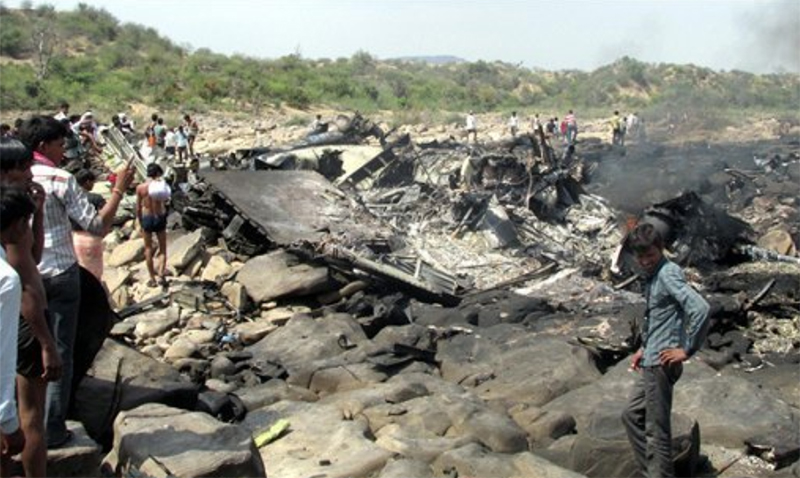
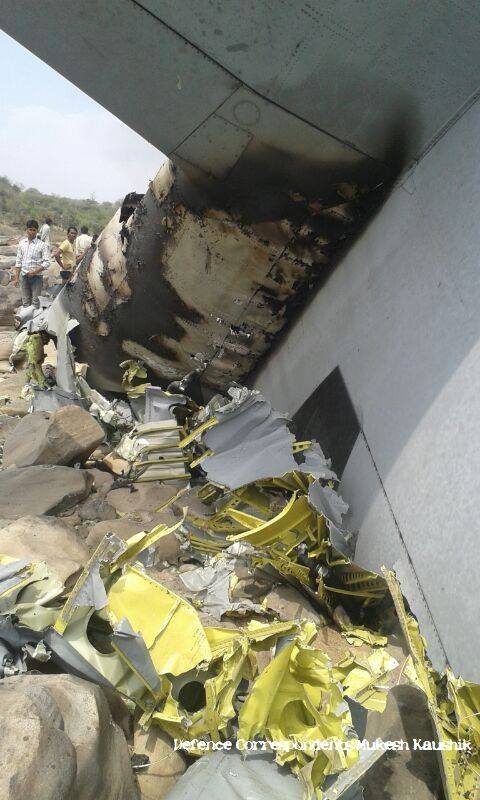
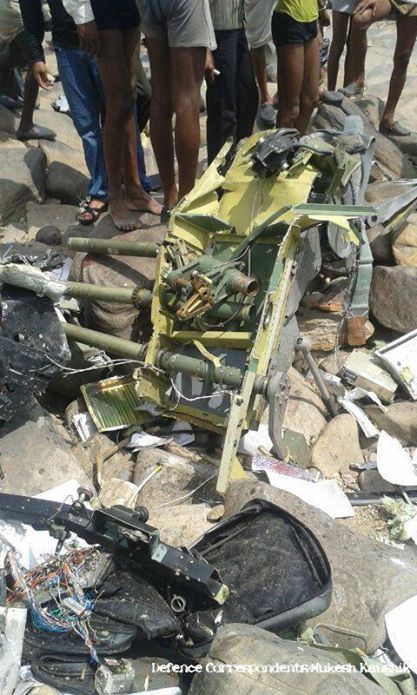
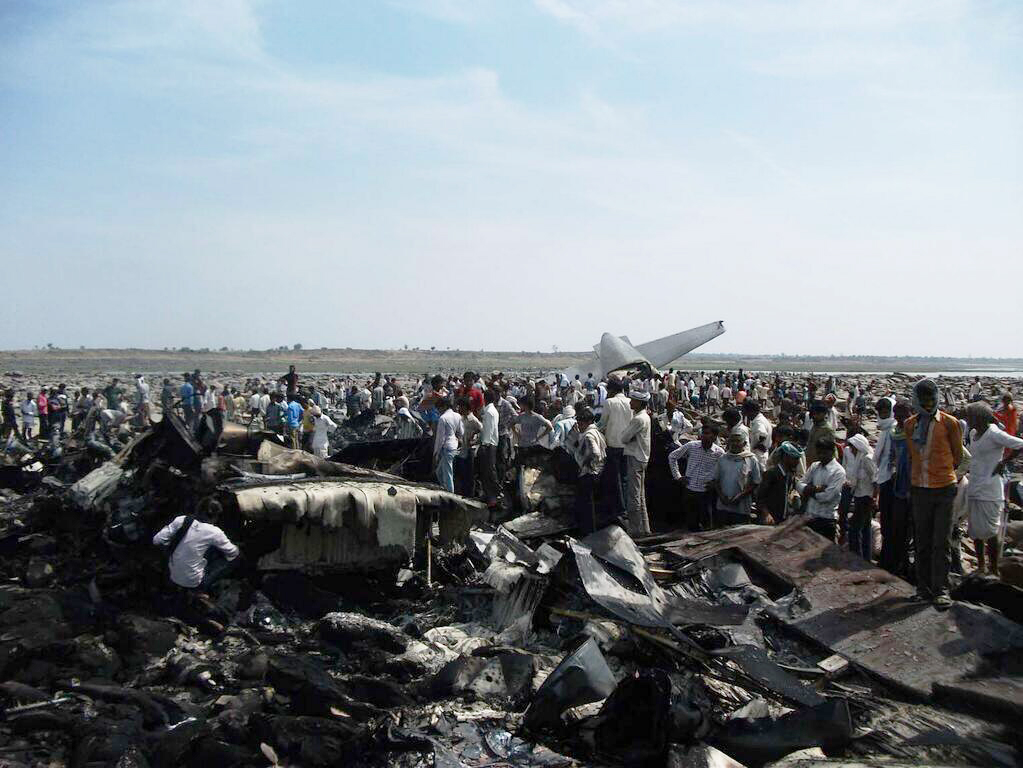
Crash of a Lockheed C-130H-30 Hercules in Aïn Kercha: 76 killed
Date & Time:
Feb 11, 2014 at 1138 LT
Registration:
7T-WHM
Survivors:
Yes
Schedule:
Tamanrasset – Constantine
MSN:
4919
YOM:
1982
Crew on board:
4
Crew fatalities:
Pax on board:
73
Pax fatalities:
Other fatalities:
Total fatalities:
76
Circumstances:
The aircraft departed Tamanrasset on a flight to Constantine, carrying soldiers and their family members. The crew initiated the descent to Constantine-Mohamed Boudiaf Airport Runway 34 in poor weather conditions with wind gusting to 28 knots and light snow. The crew descended too low when the aircraft impacted the slope of Mt Djebel Ta Fertas located near Aïn Kercha, some 30 km south of Constantine Airport. A passenger was injured while 76 other occupants were killed.


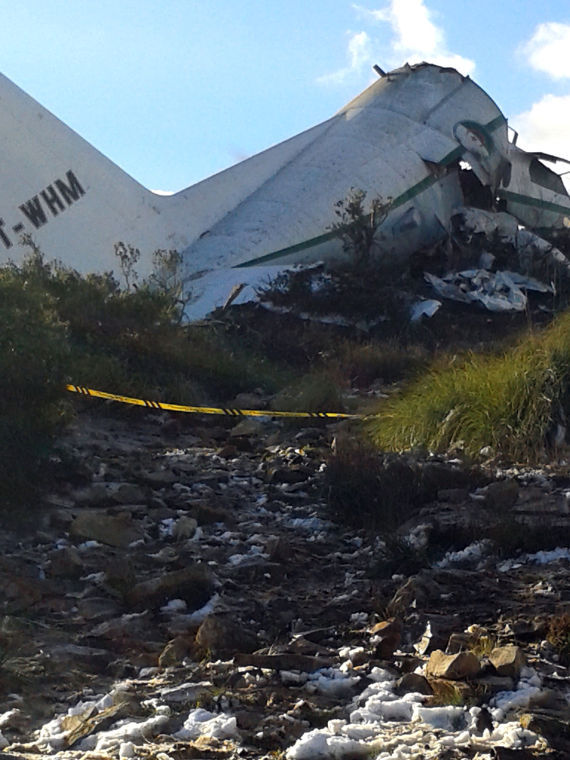



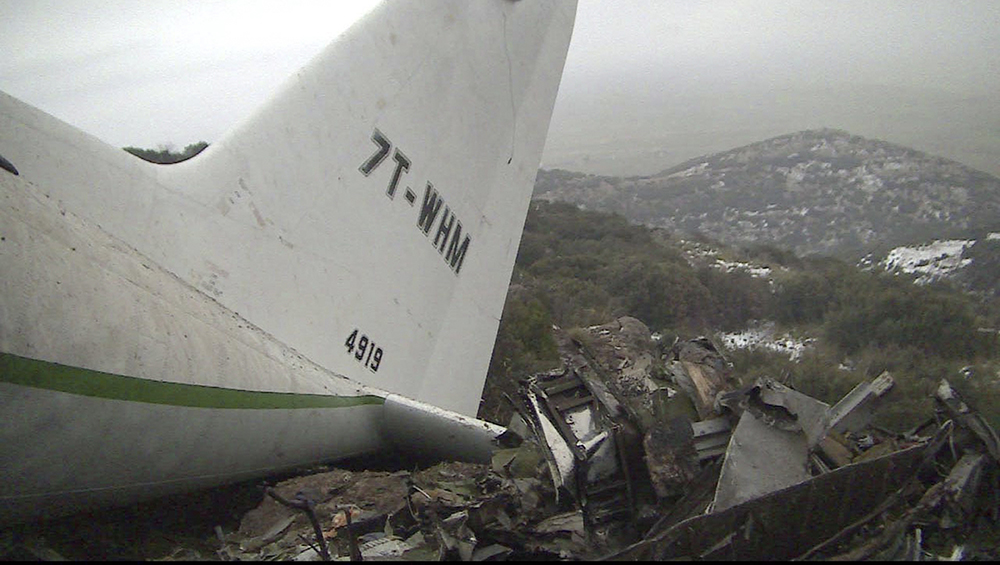
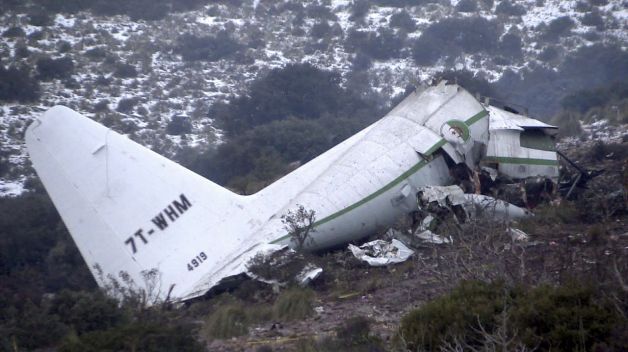
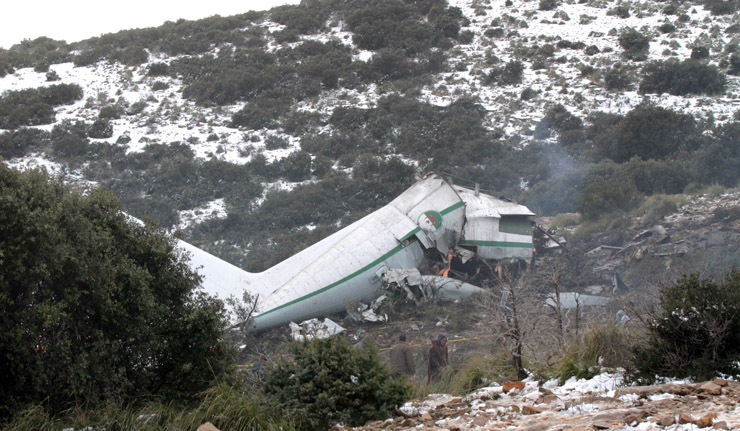

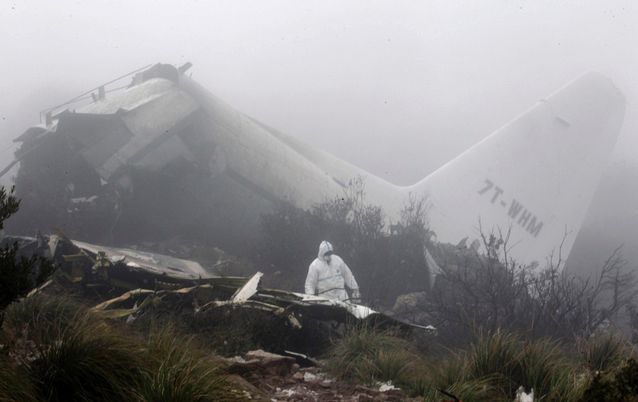

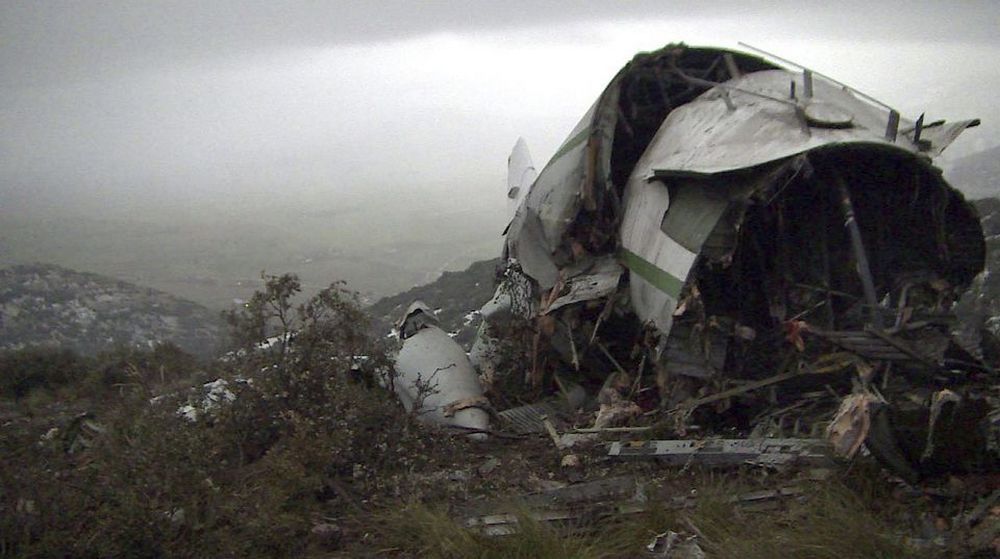
Crash of a Lockheed C-130J-30 Super Hercules at Shank AFB
Date & Time:
May 19, 2013 at 1420 LT
Registration:
04-3144
Survivors:
Yes
Schedule:
Kandahar – Shank AFB
MSN:
5560
YOM:
2004
Crew on board:
11
Crew fatalities:
Pax on board:
2
Pax fatalities:
Other fatalities:
Total fatalities:
0
Captain / Total hours on type:
904.00
Copilot / Total hours on type:
252
Circumstances:
On 19 May 2013, at approximately 0950 Zulu (1420 local), a C-130J, tail number (T/N) 04-3144, assigned to the 41st Airlift Squadron, 19th Airlift Wing, Little Rock Air Force Base (AFB), Arkansas, ran off the end of a runway at Forward Operating Base (FOB) Shank, Northeast, Afghanistan, struck a ditch which collapsed the nose gear and eventually ripped the right main landing gear from the fuselage. The right outboard engine struck the ground, pressurized fuel and oil lines were broken, fluid was sprayed over the cracked engine casing, and the right wing caught fire. The mishap aircraft (MA) came to a full stop at approximately 544 feet (ft) off the end of the paved runway surface. The mishap crew (MC), Aeromedical Evacuation (AE) crew and two ambulatory patients safely evacuated the aircraft through the top flight-deck emergency escape hatch meeting 600 ft off the nose of the aircraft. There were no fatalities, significant injuries or damage to civilian property. The total estimated loss is $73,990,265. The MA was on an AE mission and included five active duty C-130J crewmembers from the 772nd Expeditionary Airlift Squadron (19th Airlift Wing deployed), Kandahar Air Base (AB), Afghanistan. Additionally, the MA had aboard six reserve AE crewmembers from the 651st Expeditionary Aeromedical Evacuation Squadron (349th Air Mobility Wing and 433rd Airlift Wing deployed), Kandahar AB, Afghanistan. The mishap sortie happened on the third of five planned legs that day to an airfield that was at 6,809 ft Mean Sea Level (MSL) and experiencing winds varying from 200 to 250 degrees gusting from 6 to 28 knots. On the second attempted landing, the MA touched down approximately 1,500 ft down the runway but was 27 knots indicated airspeed (KIAS) faster than computed touchdown landing speed leading to the aircraft going off the end of the runway at approximately 49 KIAS.
Probable cause:
On the second landing attempt at a high altitude airfield (6,809 ft MSL), poor CRM coupled with a late power reduction by MP1 caused the MA to touchdown 27 KIAS faster than computed touchdown landing speed leading to the aircraft going off the end of the runway at approximately 49 KIAS. Because of unique aircraft performance characteristics when operating into and out of high altitude airfields, there was no way that the MA could perform a 50% flap landing (in accordance with T.O. 1C-130(C)J-1-1 landing assumptions, nose wheel landing gear speed restrictions and power level transition speed restrictions) at FOB Shank and land 27 KIAS fast. The MA’s actual landing speed simply overtasked the aircrafts capability to stop within the runway available.
Several factors substantially contributed to this mishap, including:
- Channelized attention,
- Risk assessment during operation,
- Delayed necessary action,
- Response set,
- Procedural error.
Several factors substantially contributed to this mishap, including:
- Channelized attention,
- Risk assessment during operation,
- Delayed necessary action,
- Response set,
- Procedural error.
Final Report:
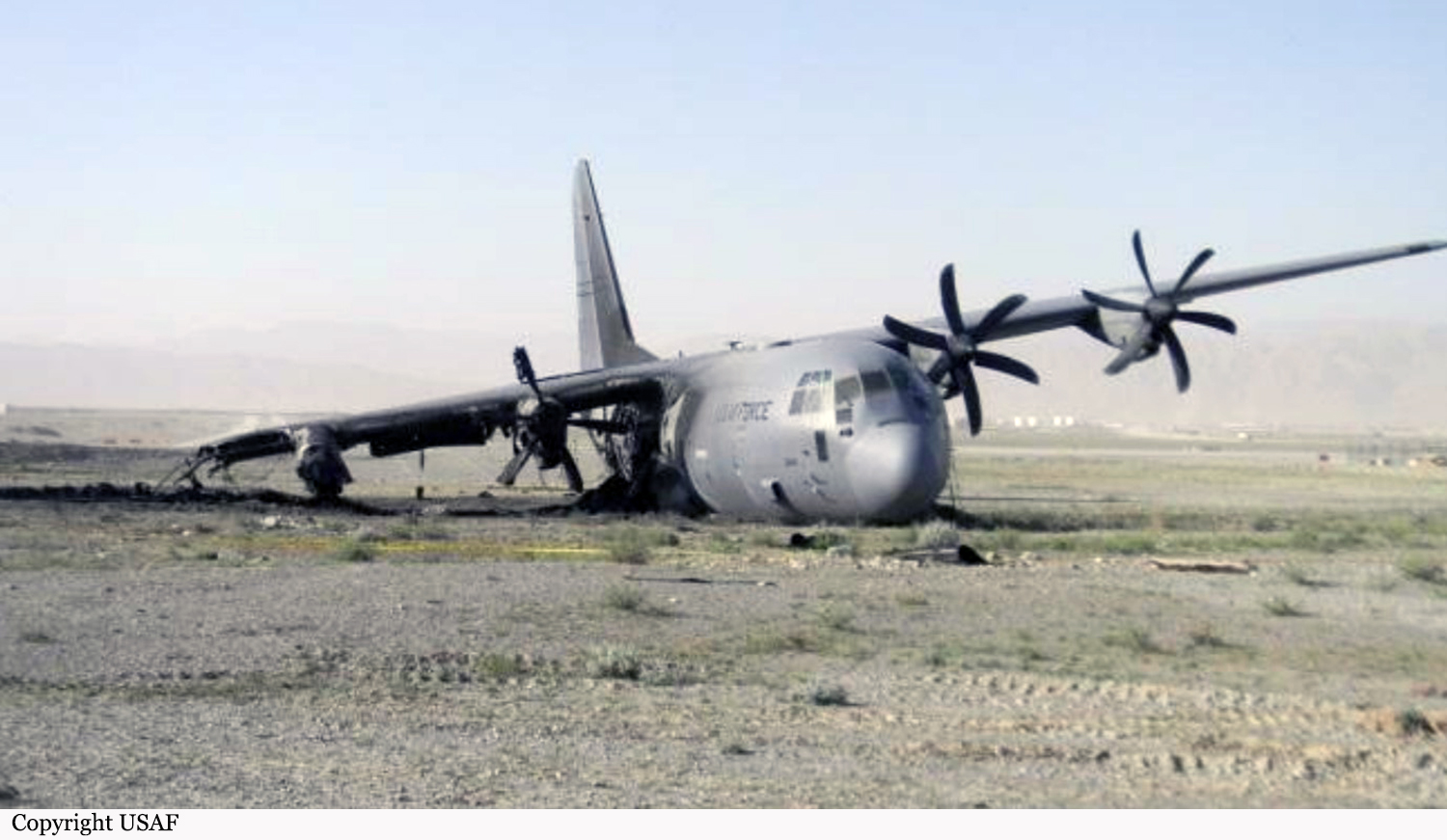
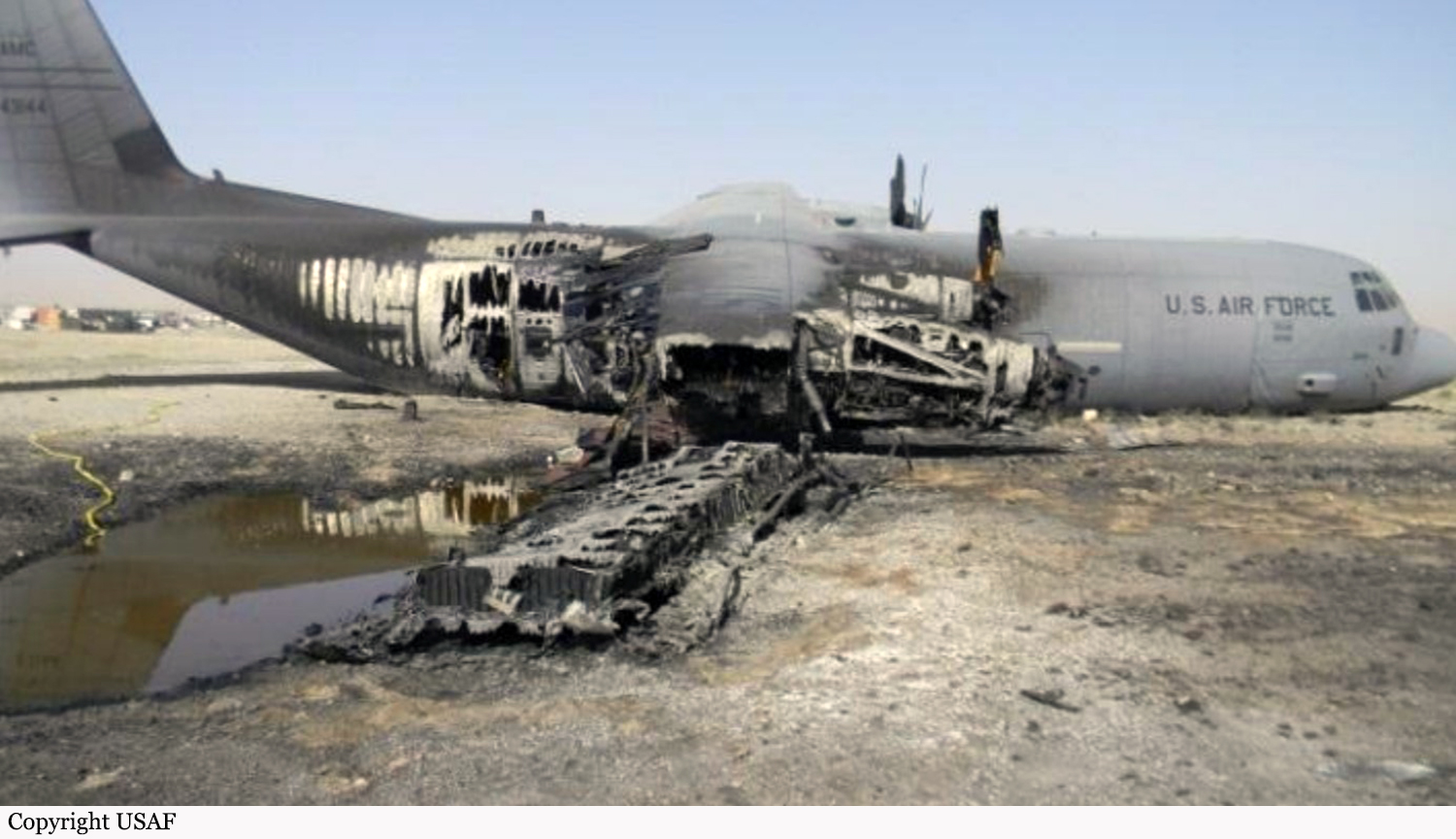
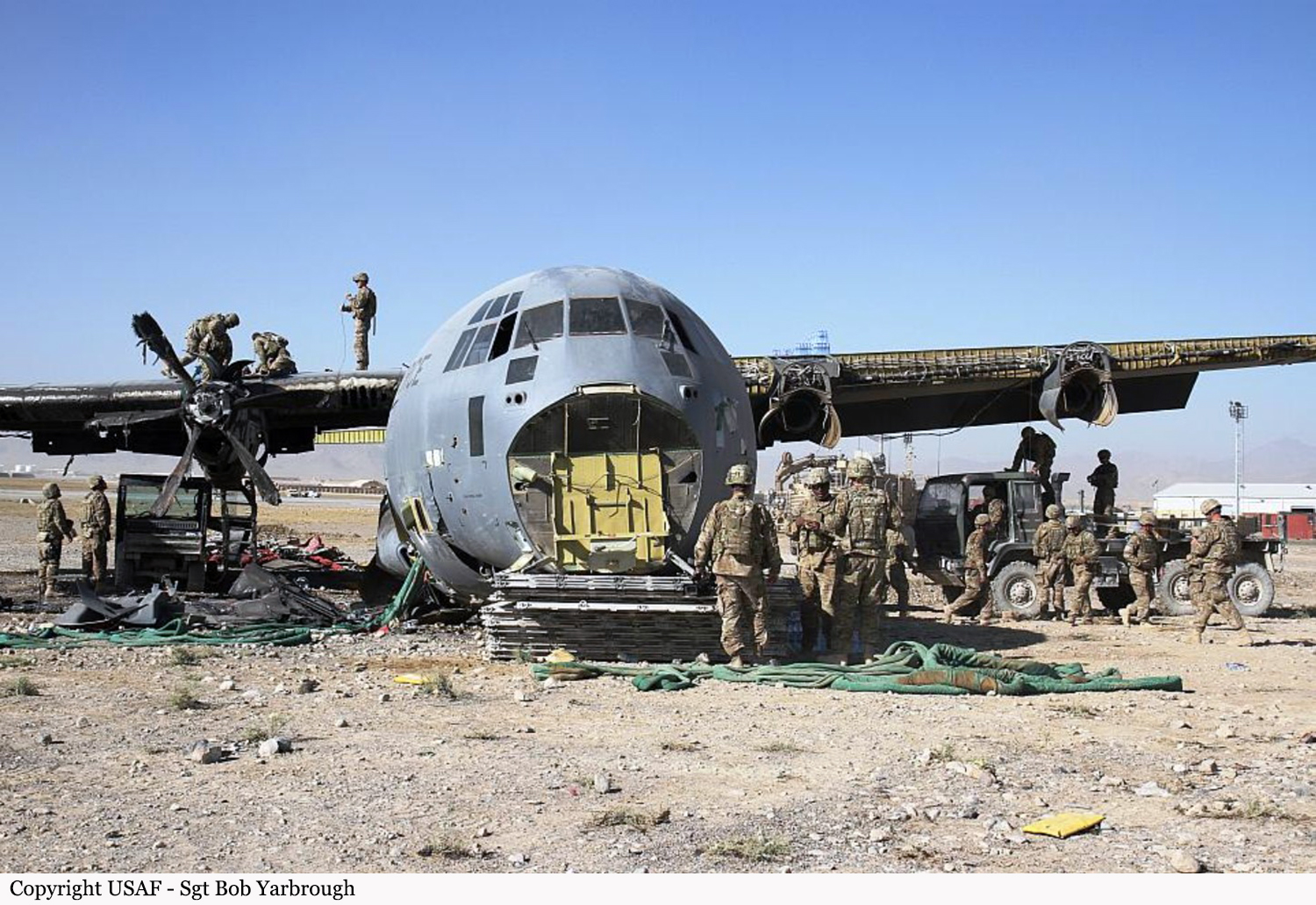
Crash of a Lockheed C-130H Hercules near Edgemont: 4 killed
Date & Time:
Jul 1, 2012 at 1738 LT
Registration:
93-1458
Survivors:
Yes
Schedule:
Colorado Springs - Colorado Springs
MSN:
5363
YOM:
1994
Crew on board:
6
Crew fatalities:
Pax on board:
0
Pax fatalities:
Other fatalities:
Total fatalities:
4
Captain / Total hours on type:
1966.00
Copilot / Total hours on type:
3647
Circumstances:
On 1 July 2012, at approximately 1738 Local time, a C-130H3, Tail Number 93-1458, assigned to the 145th Airlift Wing, North Carolina Air National Guard, Charlotte Douglas International Airport (KCLT), Charlotte, North Carolina, crashed on public land managed by the United States Forest Service (USFS), while conducting wildland firefighting operations near Edgemont, South Dakota. At the time of the mishap all members of the Mishap Crew (MC) were assigned or attached to the 156th Airlift Squadron, based at KCLT. The Mishap Crew (MC) consisted of Mishap Pilot 1 (MP1), Mishap Pilot 2 (MP2), Mishap Navigator (MN), Mishap Flight Engineer (ME), Mishap Loadmaster 1 (ML1) and Mishap Loadmaster 2 (ML2). For the mishap sortie, MP1 was the aircraft commander and pilot flying in the left seat. MP2 was in the right seat as the instructor pilot. MN occupied the navigator station on the right side of the flight deck behind MP2. ME was seated in the flight engineer seat located between MP1 and MP2, immediately aft of the center flight console. ML1 and ML2 were seated on the Modular Airborne Fire Fighting System (MAFFS) unit, near the right paratroop door. ML1 occupied the aft MAFFS control station seat and ML2 occupied the forward MAFFS observer station seat. MP1, MP2, MN and ME died in the mishap. ML1 and ML2 survived the mishap, but suffered significant injuries. The mishap aircraft (MA) and a USFS-owned MAFFS unit were destroyed. The monetary loss is valued at $43,453,295, which includes an estimated $150,000 in post aircraft removal and site environmental cleanup costs. There were no additional fatalities, injuries or damage to other government or civilian property.
Probable cause:
The accident investigation report released by the Air Force Air Mobility Command said:
I developed my opinion by inspecting the mishap site and wreckage, as well as analyzing factual data from the following: historical records, Air Force directives and guidance, USFS and Interagency guidance, reconstructing the mishap sortie in a C-130H3 simulator, engineering analysis, witness testimony, flight data, weather radar data, computer animated reconstruction, consulting with subject matter experts and information provided by technical experts. The failure of the Digital Flight Data Recorder severely complicated the recreation of the mishap, and impacted my ability to determine facts in this investigation. I find by clear and convincing evidence the cause of the mishap was MPl, MP2, MN and ME's inadequate assessment of operational conditions, resulting in the MA impacting the ground after flying into a microburst. Additionally, I find by the preponderance of evidence, the failure of the White Draw Fire Lead Plane aircrew and Air Attack aircrew to communicate critical operational information; and conflicting operational guidance concerning thunderstorm avoidance, substantially contributed to the mishap.
I developed my opinion by inspecting the mishap site and wreckage, as well as analyzing factual data from the following: historical records, Air Force directives and guidance, USFS and Interagency guidance, reconstructing the mishap sortie in a C-130H3 simulator, engineering analysis, witness testimony, flight data, weather radar data, computer animated reconstruction, consulting with subject matter experts and information provided by technical experts. The failure of the Digital Flight Data Recorder severely complicated the recreation of the mishap, and impacted my ability to determine facts in this investigation. I find by clear and convincing evidence the cause of the mishap was MPl, MP2, MN and ME's inadequate assessment of operational conditions, resulting in the MA impacting the ground after flying into a microburst. Additionally, I find by the preponderance of evidence, the failure of the White Draw Fire Lead Plane aircrew and Air Attack aircrew to communicate critical operational information; and conflicting operational guidance concerning thunderstorm avoidance, substantially contributed to the mishap.
Final Report:
